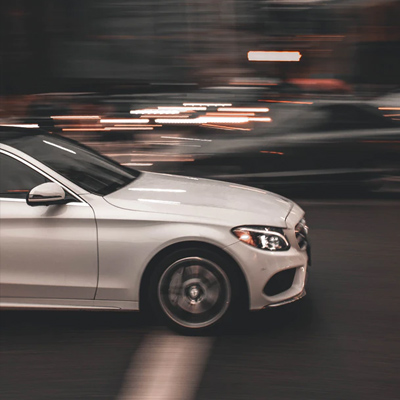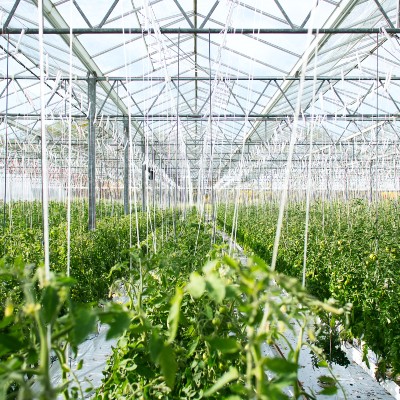
Are you still shooting in Automatic mode but want to discover more about your camera's capabilities? Then you can get to work on the aperture, shutter speed and ISO. In this article, we explain how and why you can adjust the ISO while shooting. This blog will answer the questions: what is ISO and what does it mean for your photos?
What do you want to know about ISO?
ISO | Usage | Noise | What to do in low light
The ISO value is the setting that allows you to determine the light sensitivity of the sensor. This works very simply: the higher the ISO number, the higher the light sensitivity of the sensor. High ISO values can come with a drawback, as they could cause more noise in your photo.

Now that you know what ISO is, I'm sure you're curious about what ISO values are out there. There are a lot of them. The numbers are represented by numbers ranging from 100 (and sometimes 50) to 6,400 or 25,600. If you are curious as to what the maximum ISO value of your camera is, take a look at the settings.

Time for some practical information in order to get started with the ISO. Before we look at what ISO value to use and when, we want to alert you to the fact that several aspects affect good exposure. There are no specific guidelines, but there are helpful guidelines for you. You use a low ISO number (e.g. 50, 100 or 200) in high-light situations or when you can shoot with slow shutter speeds from a tripod.
To make sure you get sharp pictures in a dark situation, you can stick with the higher ISO value. Like 800, 1600 or even higher. When you set the ISO higher, you can still shoot with a faster shutter speed, this is useful for example when capturing indoor sports or when there is little ambient light.
If you are going to take pictures outside during the day, you need the lowest ISO value (100 or 200). I can hear you thinking: why? There is already enough light outside for the sensor at that time. When shooting indoors, you should increase the ISO value. Depending on the amount of light in the room where you are shooting, use an ISO value of 400 to about 800.

Are you more of a fan of shooting at dusk or at night? Then you should ensure you use an ISO value up to 1600 or 3200. If you are shooting indoors in a dark area, such as a parking garage or a movie theater, you’ll need to set the ISO higher too to ensure the sensor can still capture enough light. Check your photos for noise at all times! With a higher ISO you will have more noise in the pictures. You can still adjust it now, when you're back home you can't.

Actually, the word says it all: noise is nothing more than a blur in your photo due to low or poor light when the photo was taken. This creates a grainy effect on the photo. How do you avoid the problem next time? You can minimise noise by setting your ISO properly. The previously given guidelines for daytime/evening and indoor/outdoor photography are a first guide.
When using high ISO, you increase the chance of noise. This has to do with the fact that you are increasing the light sensitivity, but not the ability of the sensor to process the light that comes in. In low or poor light, your camera's sensor finds it difficult to convert the light coming in into the right signals. Errors will then appear between the pixels in the form of noise. In a nutshell, you get noise in your photo when you increase the light sensitivity, but the sensor can't properly convert the light into the right information to make your photo sharp.
If there's too little light in the room where you want to photograph, just adjust your settings. Don't put the camera aside, because you can still take good pictures without noise. What you can do is increase the shutter speed instead of the ISO value. Please note! Do put your camera on a tripod, because keeping your hands still is an art. Opening the shutter longer gives the sensor more time to catch the light and process everything properly.
Read more

The shutter speed determines a large part of your photo. How do you determine it?

Read all about one of the most used terms in photography: depth of field.